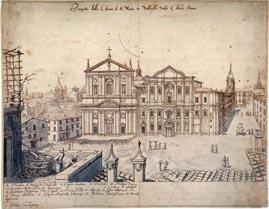KARL FRIEDRICH SCHINKEL, The drawings of Rome, 1803
Francisco Martínez Mindeguía
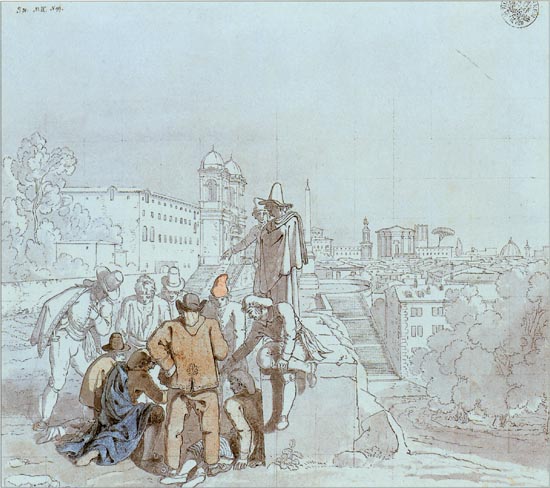 |
|
Karl Friedrich Schinkel, Santa Trinità ai Monti, Rome, 1803-1804 Shinkel (1781-1841) was both a great artist and a great architect, probably the most important of the nineteenth century, in Germany. He worked as a sketcher and painter before working as an architect. For a long time he drew theatre settings and landscapes, and these scenographic abilities can be perceived in many of his drawings. He travelled to Rome to complete his studies when he was 22 and stayed there for two years. This is one of the drawings of that period. The image we see at the background is the church of Santa Trinita ai Monti, right above the very famous Piazza di Spagna, and the characters could be painters, sculptors or architects of the Academy, because the action in the painting happens almost in front of the Villa Medici, the French Academy in Rome,. It is interesting to see how he uses colour in order to bring the foreground characters closer; he does the same with the shadows, the value of lines, leaving the background diffuse, so that the feeling of remoteness is increased. He actually mixes resources generally thought contradictory, were it not for his critical eye to combine them properly. Schinkel was interested in highlighting the drawings depth, often placing items on the foreground, apparently anecdotal but instrumental for the comprehension of such depth. The next image is a good example of this system, |
 |
|
|
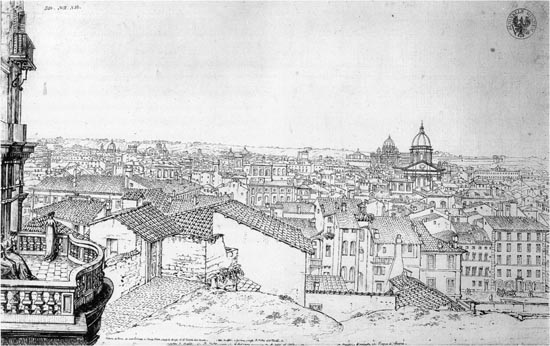 |
|
|
 |
|
|
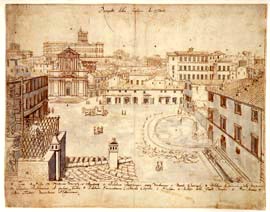 |
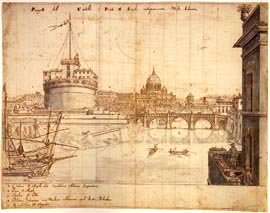 |
|
Perhaps owing to the theatrical character of his early works, Schinkel used to place items on the foreground, to increase the sense of distance. It so happens with the coloured characters shown in the first drawing, as well as with others made later. The following is a perspective of the National Opera Theatre, the Schauspielhaus, of Berlin, 1821. |
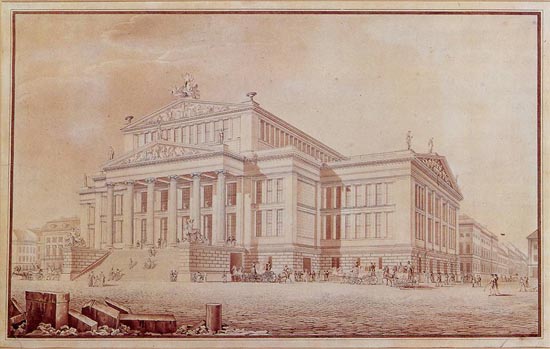 |
|
|
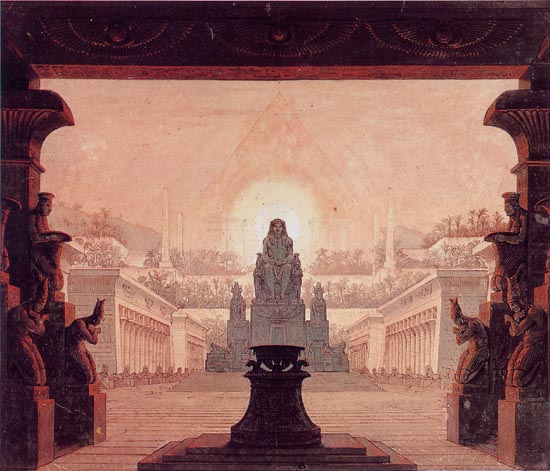 |
| Or for the staging of the Marketplace, for the Undine opera, by Ernest Theodor Amadeus Hoffmann, in 1816, |
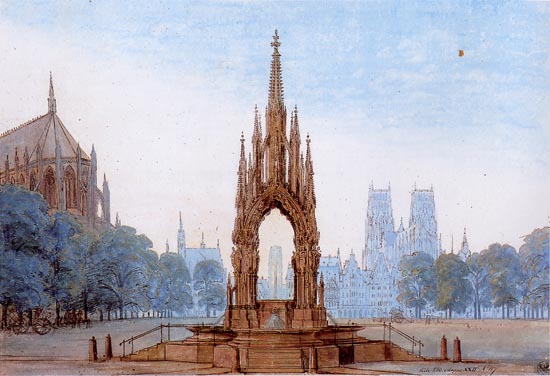 |
|
Recommended bibliography: - Karl Friedrich Schinkel, Berlin und Postdam, West Berlín, Bauten und Entwürfe, 1980 |
>> Back to the top of the page
>> Back to Dibujos Ejemplares de Arquitectura
